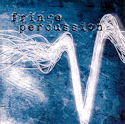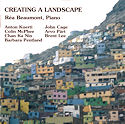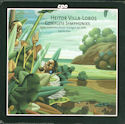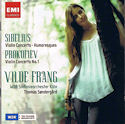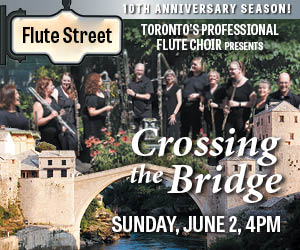Feldman; Babbitt - Clarinet Quintets - Mark Lieb; Phoenix Ensemble
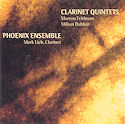 Feldman; Babbitt - Clarinet Quintets
Feldman; Babbitt - Clarinet Quintets
Mark Lieb; Phoenix Ensemble
innova 746 (www.innova.mu)
Both Milton Babbitt and Morton Feldman have had a powerful impact on the music of our time. But these two American composers, born ten years and ninety miles apart, are rarely heard together, since their music comes from such different artistic worlds. This pairing of their clarinet quintets is revelatory.
Feldman’s soulful, tender and understated lyricism has a direct appeal. His Clarinet and String Quartet from 1983 still sounds audaciously visionary today, twenty-three years after his death.
Babbitt’s music is undoubtedly complicated by his use of serial techniques for all aspects of a piece, from the pitches to the rhythm and dynamics. But the Quintet for Clarinet and Strings from 1996 is warm, jazzy, and charming. This is not wholly surprising since Babbitt, who is now ninety-four years old, once wrote a Broadway musical, as the booklet notes tell us, and analyzed Jerome Kern’s All the Things You Are in lessons, as former student Steven Sondheim once recalled.
Clarinettist Mark Lieb uses the chameleon qualities of his instrument to weave in and out of the four strings, whose immaculate and expressive playing responds to the clarinet’s wealth of colours.
This is an important and exciting disc, and it offers the first recording of Babbitt’s quintet. So it deserves better than the unattractive yellowy-brown cover art which spills onto each page of the booklet, making the notes and bios – welcome as they are – difficult to read.


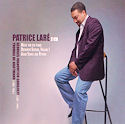 Gurdjieff/Hartmann - Music for Piano Definitive Edition, Vol. 1 - Asian Songs and Rythms
Gurdjieff/Hartmann - Music for Piano Definitive Edition, Vol. 1 - Asian Songs and Rythms